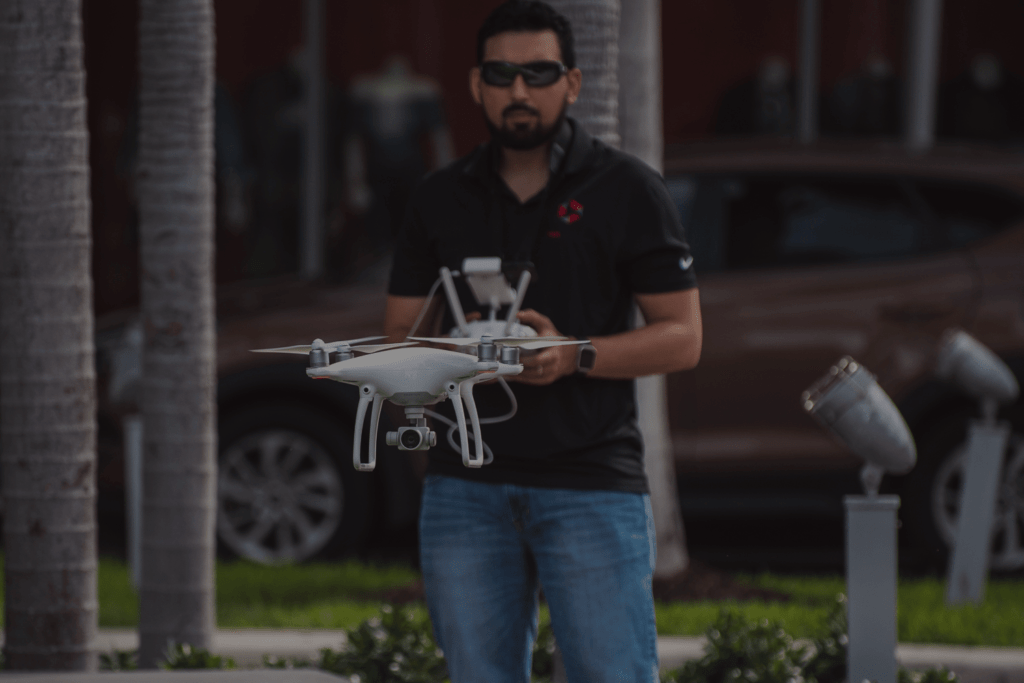Beginner's Guide to FAA Part 107 Regulations
Embarking on your journey as a drone pilot is thrilling, but it’s crucial to start on the right foot with a solid understanding of the FAA Part 107 regulations. This Beginner’s Guide to FAA Part 107 is designed to help aspiring drone pilots navigate these regulations. We’ll cover the essential steps to become a licensed drone pilot under FAA Part 107, outline the do’s and don’ts of flying, and explain how these rules impact drone photography and mapping services.
Key Takeaways:
| Key Points | Details |
|---|---|
| Understanding FAA Part 107 | Essential for anyone using drones commercially; covers rules for operating drones in the U.S. |
| Becoming a Licensed Drone Pilot | Involves passing the FAA Part 107 knowledge test; study guides and courses are crucial. |
| Do’s and Don’ts Under FAA Part 107 | Includes flying within line-of-sight, avoiding flying over people, and not flying near other aircraft. |
| Impact on Drone Services | Adherence to these regulations is key for professional drone photography and mapping services. |
| Professional and Safe Drone Operation | Understanding and respecting FAA Part 107 is foundational for legal and successful drone use. |

Understanding FAA Part 107:
- What It Is: FAA Part 107 is a set of rules established by the Federal Aviation Administration (FAA) for operating commercial drones in the United States.
- The Importance: For anyone looking to use drones for commercial purposes, understanding and complying with the FAA Part 107 regulations is mandatory. This Beginner’s Guide to FAA Part 107 will help you grasp the essentials.
Becoming a Licensed Drone Pilot:
- Step-by-Step Process: To legally operate a drone for commercial purposes, you must obtain a Remote Pilot Certificate from the FAA. This involves passing the FAA Part 107 knowledge test, which covers airspace classification, operating requirements, and flight restrictions.
- Study Tips: There are numerous study guides and courses available specifically designed for the FAA Part 107 test. Investing time in these resources is crucial for passing the test.
Do's and Don'ts of Flying Under FAA Part 107:
- Do’s: Always fly your drone within visual line-of-sight, avoid flying over people or moving vehicles, and respect privacy laws.
- Don’ts: Never fly near other aircraft, especially near airports, and avoid flying above 400 feet, as these actions violate FAA Part 107 regulations.
Impact on Drone Photography and Mapping Services:
- Professional Compliance: As a drone photographer or mapper, adhering to the FAA Part 107 regulations is not just about legality; it’s about professionalism and safety. Understanding these rules ensures that your services are conducted responsibly.
- Operational Limitations: The FAA Part 107 regulations may limit certain aspects of drone photography and mapping, such as the maximum altitude and proximity to airports. However, waivers can be obtained for specific operations if safety can be assured.
This Beginner’s Guide to FAA Part 107 is just the starting point for aspiring drone pilots. By understanding and respecting these regulations, you set the foundation for a successful and legal drone operation, whether in photography, mapping, or other commercial drone services. Remember, safe and responsible flying not only protects you but also the integrity of the drone community.
If you’re ready to take the next step in your drone piloting journey, begin by immersing yourself in the FAA Part 107 regulations. Study diligently, understand the rules, and join the growing community of certified drone pilots navigating the skies professionally and responsibly.
